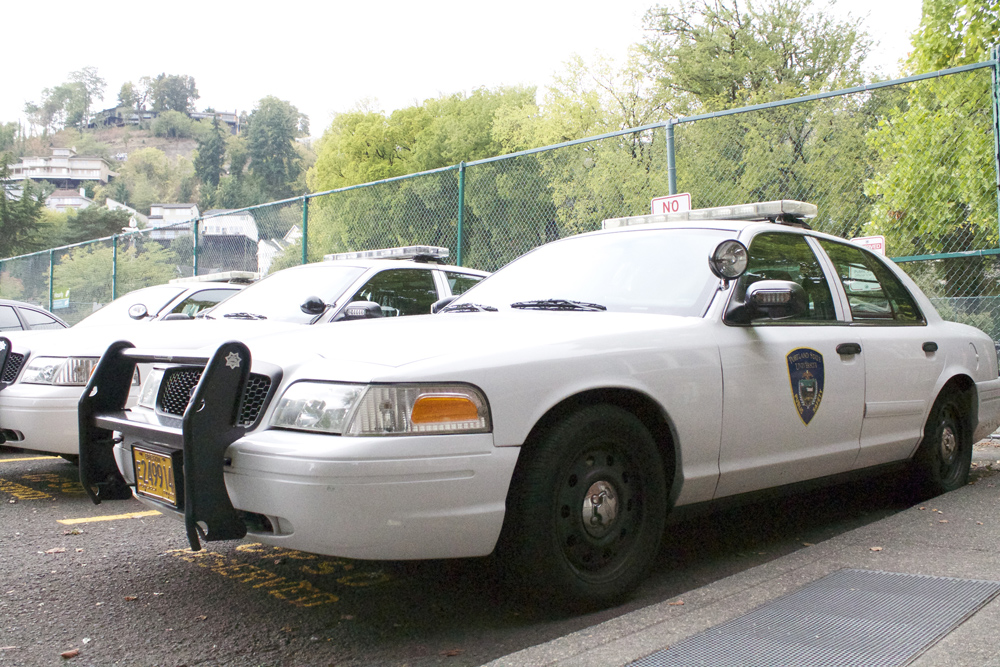It’s summer in the Arctic. A pack of polar bears is occupied with the task of fattening themselves up for winter hibernation. They are lumbering around on the ice, but not finding enough to eat. The polar bears take to the sea in search of better hunting grounds.
Canaries in the mineshaft
It’s summer in the Arctic. A pack of polar bears is occupied with the task of fattening themselves up for winter hibernation. They are lumbering around on the ice, but not finding enough to eat. The polar bears take to the sea in search of better hunting grounds. Normally, it would be a short swim to the next patch of ice, at most 15 miles away. But today, something goes wrong. There is no icy shore. Fifteen more miles and no land mass appears. The polar bears are starting to feel the fatigue of a longer-than-expected swim. Fifteen more miles go by and the bears must continue to swim or perish. The seas are rough and the polar bears, not adapted to ocean swimming, are facing hypothermia as they struggle against the waves.
Finally, after swimming a record 60 miles, the polar bears find an icy landing, but not all of the bears have made it. Some have drowned along the way. Four of their bodies will be discovered on the Alaskan shore. The others are lost at sea. The calories consumed on this long swim put the remaining bears that much further behind in their preparations for winter, which will come two weeks earlier than normal this year and will last eight months. This was the sad tale told by researchers from the U.S. Minerals Management Service, who in 2004 discovered four dead polar bears washed ashore. This scenario is expected to become more frequent if Arctic summer sea ice continues to melt at faster than normal rates, thus altering the natural hunting grounds of the polar bear.
The canary in the mineshaft
Arctic scientists believe that the polar bear can now be likened to that famous harbinger of doom: the canary in the mineshaft. Before more exacting technology was developed, miners used a canary as an alarm to let them know if deadly gases were accumulating. When the canary died, the miners knew they would be next unless they got out quick.
Polar bears considered for threatened status
Last month, in December 2006, the Bush administration proposed listing the polar bear as threatened under the Endangered Species Act and will allow a 90-day comment period on placing the polar bear on the list. As one would imagine, there is much debate over whether or not the summer Arctic ice sheet is really being depleted. Some say that it is merely shifting, thinning in some areas and thickening in others. It is also argued that polar bear populations have improved over the last 30 years. Currently, the worldwide population of polar bears is reported to be between 20,000 to 25,000 non-incarcerated bears (that is, bears that are living free lives in the wild). Wild polar bears currently live in 19 separate groups around the Arctic. Between 1997 and 2004, the Canadian population of polar bears dropped by 21 percent. Bears in the United States are doing better, but have resorted to open-water swimming and cannibalism. Scientists are seeing thinner adult bears, and cub survival rate is declining.
Interestingly enough, two days after the U.S. Department of Interior proposed listing the polar bear as threatened, it was reported that 18 months prior the Ayles Ice Shelf, a 41-square mile chunk of ice equivalent in size to 11,000 football fields, had broken free of an island south of the North Pole. Scientists cited climate change as the cause and warned that northern latitudes are warming twice as fast as the rest of the planet. Some predict that summer sea ice, the hunting ground of the polar bear, will recede from 50 to 100 percent within the next hundred years. Furthermore, to some scientists, this marks the onset of accelerated climate change. The National Center for Atmospheric Research proposes a worst-case scenario of a 100 percent disappearance of summer sea ice by 2040. That’s 33 years from now. The separation of the Ayles Ice Shelf may pose problems this summer, as all 41 square miles of it could impede shipping routes or even hamper oil operations in the Arctic.
Will U.S. CO2-producing industries be curtailed?
The proposal of listing the polar bear as threatened due to habitat depletion is significant because of the implication of that action. It is the first time this administration has identified global warming (aka climate change) as the driving force behind the demise of a species. If the polar bear does make it onto the endangered species list, the U.S. government would have the authority to require U.S. industries to reduce their carbon dioxide output. In the end, questions of environmental degradation may be weighed against the potential for profits of our carbon dioxide-producing industries. So where does this leave the polar bear?
Bad words
In most discussions that regard potential changes to our earth (hazards, disasters and such), we are chased around by a number of recurring words. These words are not four-letter words, but they might as well be. They are really bad. Contrary to contemporary conventions, they do not refer to male or female genitalia. They are not verbs-useful words that can get a job done-but noxious nouns that should perhaps be exterminated as a farmer might exterminate noxious weeds.
The use of these particular words does not make anything better or easier to understand. Instead they tend to raise the emotional stakes, detract from real issues and divide us into opposing camps that get us ready to fight. Three major offending words that come to mind are “liberal,” “conservative” and “environmentalist.” These words are the ticket to instant high blood pressure and ultimately to infarction.
A question of values
It all comes down to values. People have different values. We share the same planet, but not the same values. Language, however, is a funny thing. It adds an additional layer of confusion to our problems. For example, the word “conservative” is defined as “disposed to preserve existing conditions or to restore traditional ones and to limit change.” And the word “environmentalist” is defined as “any person who works or advocates to protect the air, water, animals, plants and other natural resources from pollution or its effects.” The definitions of these words, “restore traditional conditions” and “protect natural resources,” lead one to believe that a conservative could be an environmentalist. What could be more traditional than the condition of the Earth before man started rearranging it?
“Liberal” is defined as “favoring or permitting freedom of action, favorable to progress and reform.” From this definition, one who has not been born in this society, one who is not a native speaker of English, might conclude that a liberal could never be an environmentalist. It’s risky to favor freedom of action (some actions are harmful). A liberal then might be seen as a risk-taker, someone who supported gambling. The definition of “gamble” is “to risk anything of value on the outcome of something involving chance.” A second definition of gamble is “a matter or thing involving risk or hazardous uncertainty.” This leads one to ask, are those who call themselves conservatives, in fact, “risk-taking gambling liberals”?
Keep a wilderness?
Some value the existence of wilderness (a wild, uncultivated region inhabited only by wild animals) and some do not. Therein lies the battle. Therein lies the controversy. Emotions run high on both sides. Both sides battle for control. There is another word, “sentimental,” that has negative connotations of weakness. “Sentimental” is defined as “expressive of sentiment, especially nostalgia.” However, the word “nostalgia” leads one back to “conservative” and “environmentalist,” its definition being, “a wistful desire to return to a former time in one’s life, a longing for situations of the past.”
The ideas “restore traditional conditions” (conservative), “protect natural resources” (environmentalist), “return to the past” (nostalgia) are seldom grouped together. Call me a sentimental conservative, but I don’t want to see the demise of the polar bear in my lifetime. I don’t want to see the elimination of one of the last wildernesses left on Earth. It is a risk I don’t want to take at stakes too rich for my blood. The loss of the polar bear, the unwitting mascot of cola, would be too sad.




